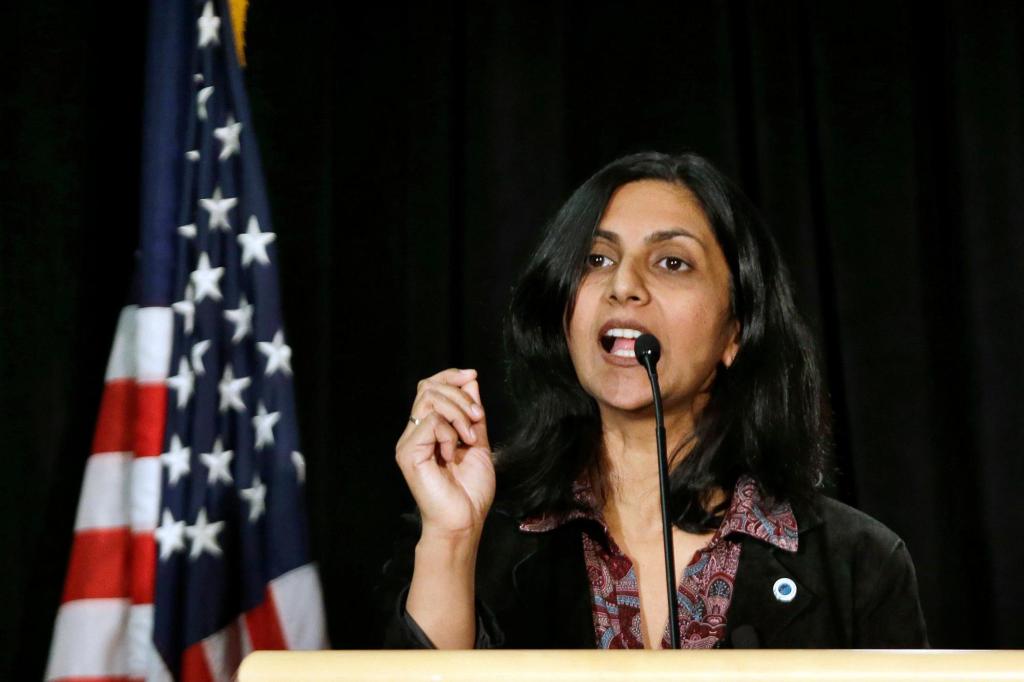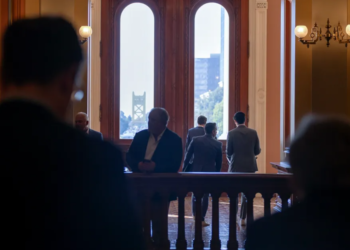By DEEPA BHARATH
One of Kshama Sawant’s earliest memories of the caste system was hearing her grandfather — a man she “otherwise loved very much” — utter a slur to summon their lower-caste maid.
The Seattle City Council member, raised in an upper-caste Hindu Brahmin household in India, was 6 when she asked her grandfather why he used that derogatory word when he knew the girl’s name. He responded that his granddaughter “talked too much.”
Now 50, and an elected official in a city far from India, Sawant has proposed an ordinance to add caste to Seattle’s anti-discrimination laws. If her fellow council members approve it Tuesday, Seattle will become the first city in the United States to specifically outlaw caste discrimination.
In India, the origins of the caste system can be traced back 3,000 years as a social hierarchy based on one’s birth. While the definition of caste has evolved over the centuries, under both Muslim and British rule, the suffering of those at the bottom of the caste pyramid – known as Dalits, which in Sanskrit means “broken” — has continued.
In 1948, a year after independence from British rule, India banned discrimination on the basis of caste, a law that became enshrined in the nation’s constitution in 1950. Yet the undercurrents of caste continue to swirl in India’s politics, education, employment and even in everyday social interactions. Caste-based violence, including sexual violence against Dalit women, is still rampant.
The national debate in the United States around caste has been centered in the South Asian community, causing deep divisions within the diaspora. Dalit activist-led organizations such as Oakland, California-based Equality Labs, say caste discrimination is prevalent in diaspora communities, surfacing in the form of social alienation and discrimination in housing, education and the tech sector where South Asians hold key roles.
The U.S. is the second most popular destination for Indians…
Read the full article here







